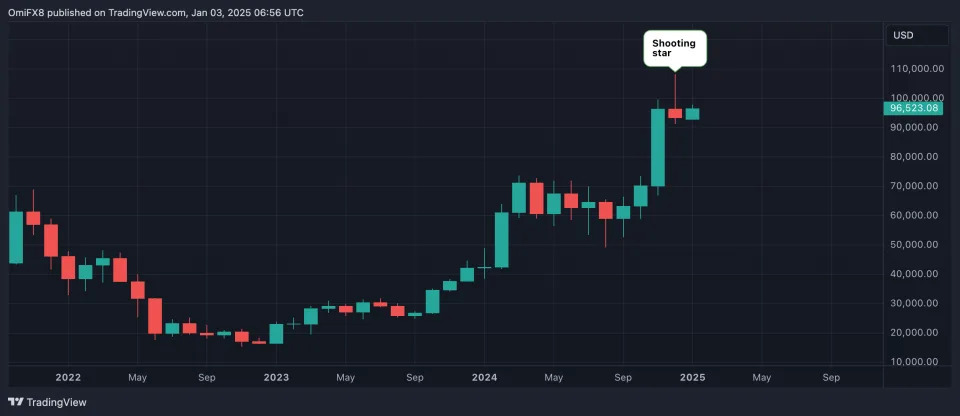Market Overview
Cryptocurrencies once again found themselves in the spotlight early on Wednesday morning as markets worldwide reacted to a series of disappointing economic data and geopolitical developments. The U.S. cryptocurrency market, dominated by Bitcoin (BTC) and altcoins, saw significant selling pressure across the board. While Bitcoin has traditionally been the flagship asset for crypto enthusiasts and investors, it appears that even its leadership role is being challenged in light of broader market turmoil.
Context on the U.S. Opening
The U.S. markets opened with a generally bearish tone, as investors continue to grapple with a series of economic indicators that have cast doubt on the strength of the world’s largest economy. The initial minutes of trading saw Bitcoin drop below its key technical support level of $56,000, a price point that had been maintained since last night’s U.S. presidential debate between Kamala Harris and Donald Trump.
Following the debate, which was widely seen as inconclusive and lacking in major policy outcomes, markets appeared to react with cautious optimism. However, this optimism quickly gave way as fresh economic data from the U.S. painted a concerning picture of slowing growth and rising inflation.
The price action of Bitcoin over the course of the day has been characterized by wide volatility, with brief moments of strength followed by sharp reversals. By midday, Bitcoin was trading in the vicinity of $56,000, close to its previous-day lows.
Other Cryptocurrencies
The broader crypto market has also been under pressure as investors continue to assess the impact of the U.S. economic data on sentiment and confidence. Other major cryptocurrencies, including altcoins like Solana (SOL), Avalanche (AVAX), and tokens focused on artificial intelligence such as Near (NEAR) and Render (RNDR), have all seen significant declines over the past 24 hours.
Solana, which has been a strong performer in recent months, saw its price drop by approximately 4%, while avalanche, which has gained momentum due to its scalability improvements, also fell short of expectations. The same goes for tokens like Near and Render, both of which have seen sharp declines in their respective trading sessions.
Broader Market Concerns
The broader cryptocurrency market appears to be in the throes of a correction as investors take stock of the latest economic developments. While some factors, such as rising interest rates and geopolitical tensions, continue to drive volatility in traditional markets, the crypto space remains highly sensitive to these same forces.
Bitcoin’s decline has been particularly pronounced this week, with many analysts attributing the recent drop to a combination of factors, including heightened risk aversion among investors and the ongoing impact of the U.S. presidential debate.
External Factors
The unfolding drama in the U.S. markets has also created uncertainty for global investors, who are closely monitoring the situation as it unfolds. External factors, such as the performance of the Japanese yen, have also played a role in shaping the latest wave of selling pressure.
The yen has been on an upward trajectory this week, with its exchange rate reaching a high of 141 to the U.S. dollar earlier in the day. This has added to market uncertainty, particularly among investors who are holding yen-denominated assets such as gold and Bitcoin.
Bitcoin’s Struggles
The Bitcoin Narrative
Bitcoin has been the subject of intense scrutiny throughout this week, with many questioning its long-term viability in a shifting financial landscape. While the asset continues to be seen as a hedge against inflation and a store of value, its appeal is beginning to wane among long-term investors who are looking for more stable alternatives.
Over the past 24 hours, Bitcoin has struggled to break out of a narrow range, with price action remaining highly volatile. Traders and analysts alike have noted that the asset’s recent performance reflects broader market uncertainty and risk aversion.
Technical Analysis
The technical landscape for Bitcoin remains challenging, as the asset continues to test key support levels established earlier in the week. The inability to break out of this range has raised questions about whether a meaningful bullish reversal is even possible.
Some market participants have turned to alternative approaches, such as short-term trading strategies, to navigate the volatility and uncertainty in the markets.
Outlook
The outlook for Bitcoin remains uncertain, with many factors at play that could shape its trajectory over the coming days. While some analysts are optimistic about a potential rebound based on strong fundamental indicators, others remain skeptical, pointing to lingering concerns about the broader market environment.
For now, it seems clear that Bitcoin is unlikely to sustain its recent decline unless significant external shocks occur or major structural changes take place in the global financial system.
Conclusion
The week ahead will undoubtedly be challenging for all parties involved in the cryptocurrency space. As markets continue to oscillate between optimism and pessimism, investors will need to remain agile in their approach if they are to navigate this volatile landscape effectively.
With Bitcoin at its lowest level in several weeks, the stage is set for further developments that could have far-reaching implications for the rest of the year.



